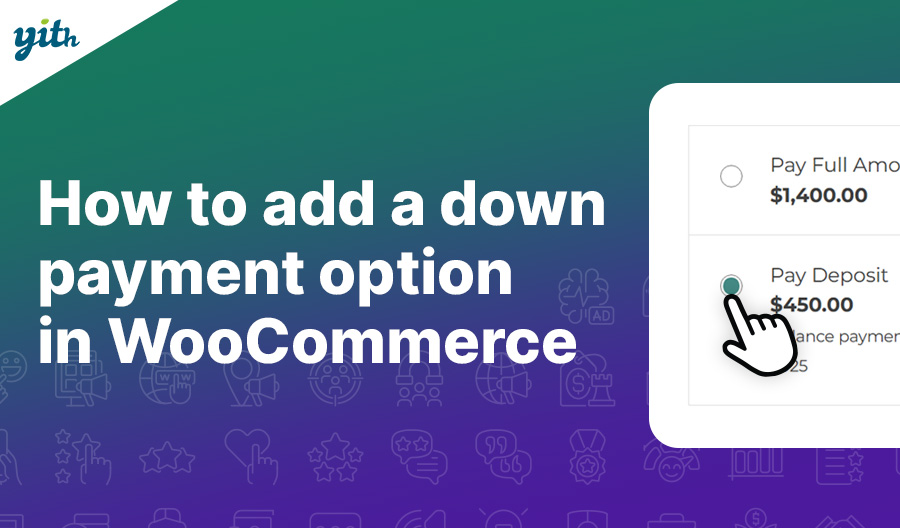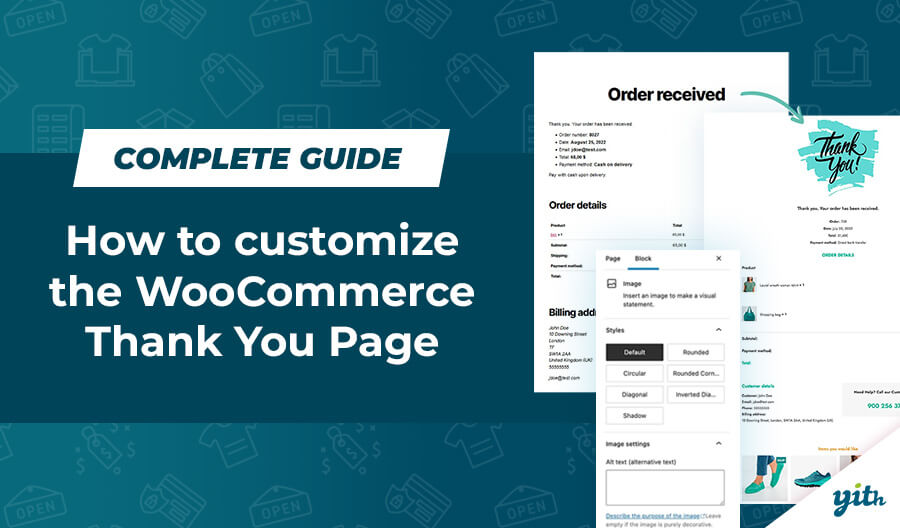Since the process of buying online is so different from the one involved in buying from a physical store, we tend to (wrongly) imply that customers are also different.
We don’t do this consciously: nobody actually believes that customers that buy from online stores are from a different species than real life customers, but we do tend to treat them differently without taking into account the fact that they think and act in the same way.
Have you ever really considered the differences between a real life purchase and an online one?
In real life, we get into store, pick up our item of choice, pay and leave.
Nobody asks us where we live, our cellphone number, name, surname, etc… that’s why we need to be careful while asking for our customers’ information during checkout.
Under a psychological perspective, this request could feel like an invasion of somebody’s privacy or even an attempted scam, that’s why Jakob Nielsen himself (the web page usability Guru) focused part of his studies on the information we ask our customers during the checkout in particular.
Let’s go through 6 tips you should follow while asking our customers personal information.
1) Don’t ask for more personal data then you need
Inserting personal data in an online form feels like a gamble to most users, especially on websites we haven’t bought from before.
A certain degree of information is obviously required, just try to ask for the required ones only: for instance, if you are selling digital products, the shipping address field is pointless and customers might hesitate to enter it.
That’s why it’s important to carefully pick which information you need: it’s best to have to ask for more data afterwards, rather then having your customers abandon their cart.
2) More fields = More mistakes
Another reason why you should only ask for the strictly required amount of information is to reduce the amount of mistakes on the customer’s end.
That’s why it’s advisable to divide the checkout process in a few steps: a big page full of fields to fill feels chaotic, tiring and makes it more likely to make mistakes.
The same goes for useless fields: the more fields customers need to fill, the more likely it is that they will get something wrong. And a mistake here might imply one of two things:
- Customers need to fill in the form again, which is frustrating and will increase the dropout rate on checkout.
- The data you gathered is wrong and might compromise your sales.
So for short: the least number of steps customers need to take, the sooner they will reach their goal.
3) Explain why you need certain information
Customers don’t act likethey are computers: they don’t take your requests as orders and answer them right away. Customers wonder why some personal data is required and what use could you have for that piece of information.
Let’s make a practical example: you sell products that require shipping using a courier.
You know for a fact that providing the customers’ phone numbers reduces returns and improves delivery, so you ask for it during the checkout process.
Asking for the phone number during the purchase is a dangerous practice: the average customer associates giving away their phone number to:
- Spam calls
- Charges to their phone bills
- Paid subscriptions
- Personal data loss
This clearly isn’t your case, but customers may become suspicious and drop out of their purchase.
This will be prevented if you clearly explain why you need that information, since you will answer the question customers might be asking beforehand, thus solving the problem at its roots.
4) The reason behind some information: The gift
In case of a gift or surprise, customers might not want to share some of their personal data (such as the phone number) out of fear that the courier/seller might spoil the surprise.
In this case too you should make clear why that information is required, possibly pointing out that it’s needed in order to make sure the product will reach their owners in time.
Presents are often bought while keeping in mind the delivery times.
5) Important information? Ask them later!
Among all of the information you need to ask your customers, some are particularly important for sellers.
Not because they allow shipping and billing, but because they allow you to isolate a behavioral model, thus becoming a fine tool for statistics you can use to improve your sales.
In case you want to gather some kind of information that is not absolutely required during the checkout (and would then seem irrelevant) you are better off presenting your customers with a survey after the purchase.
That’s how you will avoid getting quick and useless replies customers would leave just to get rid of some fields and you can get actual data with real statistic value.
P.S. It would be a good idea to offer discount vouchers in exchange for this kind of information: this will make customers feel more involved in your store and the survey itself will become a way to increase sales!
6) If any unusual fields are present, explain why
Customers who are accustomed to buying online are used to a purchase process that always revolve around the same requirements (personal data, shipping, billing, payment) and the same fields.
That’s why finding an unusual field in the checkout process might make customers get suspicious, breaking the good feeling that brought them to purchase in the first place, which can be fatal for your sales.
That’s why in case you need to ask for something specific, it’s always good to ask why: maybe using a link next to a specific field or an icon that would open a popup that explains the reason behind a certain request.
Doing this will make customers feel reassured and move forward with their purchase. It’s a good idea to insert these explanations in common fields as well: it’s best to be as clear as possible since customers want to know why they are entering a specific piece of personal information.
Besides, explaining only one field among many others could be counterproductive, since we would be providing only one answer while many other could arise.
These are six useful steps to offer a checkout process that will rise the conversion rate on your sales. An effective checkout system is a great and useful feature your store should offer.



